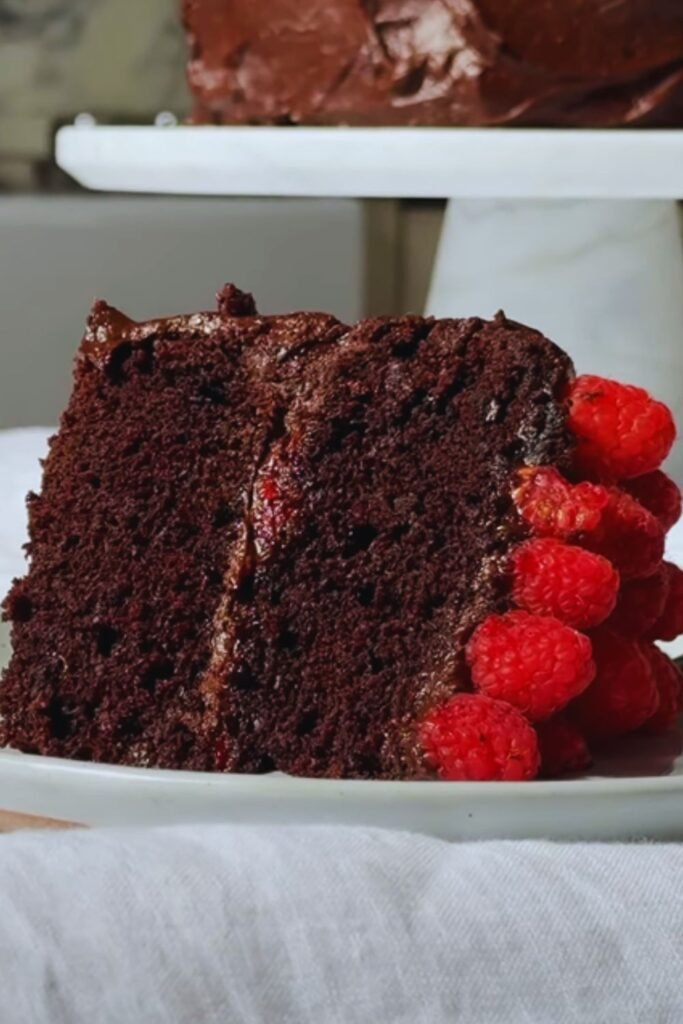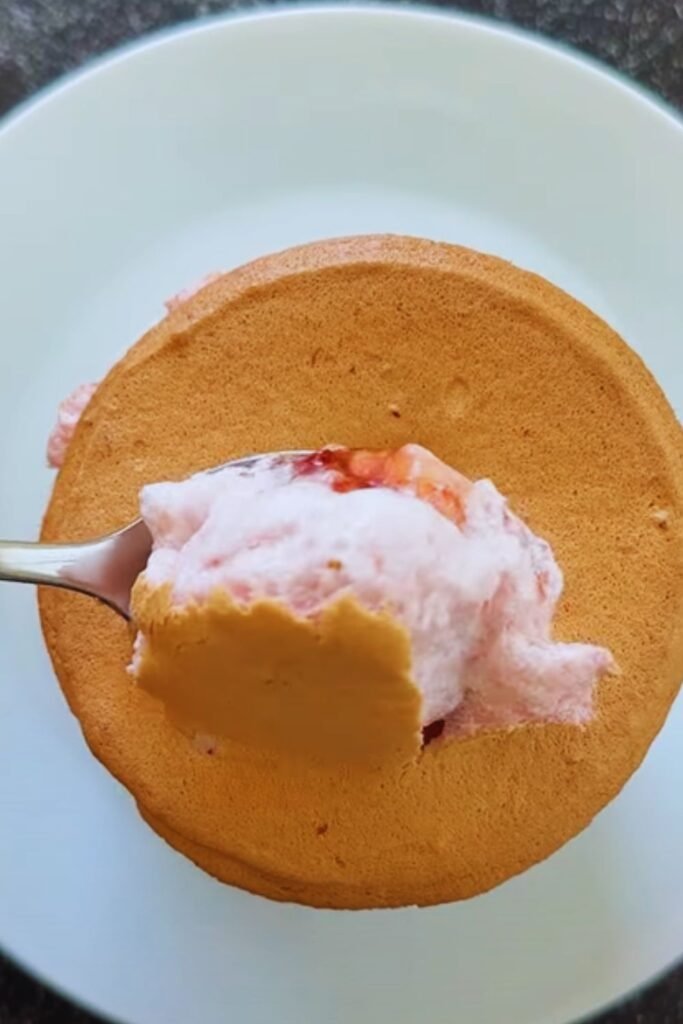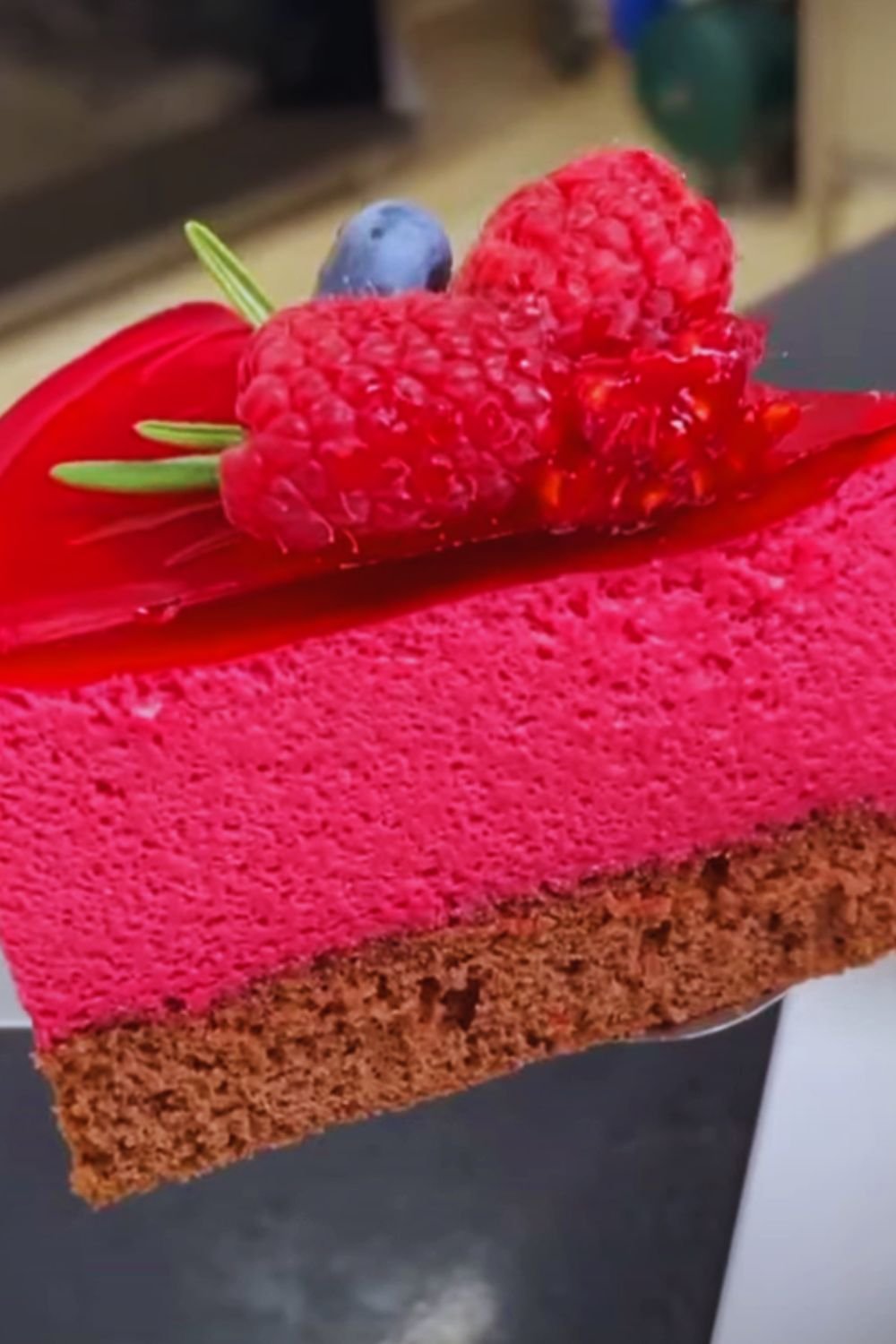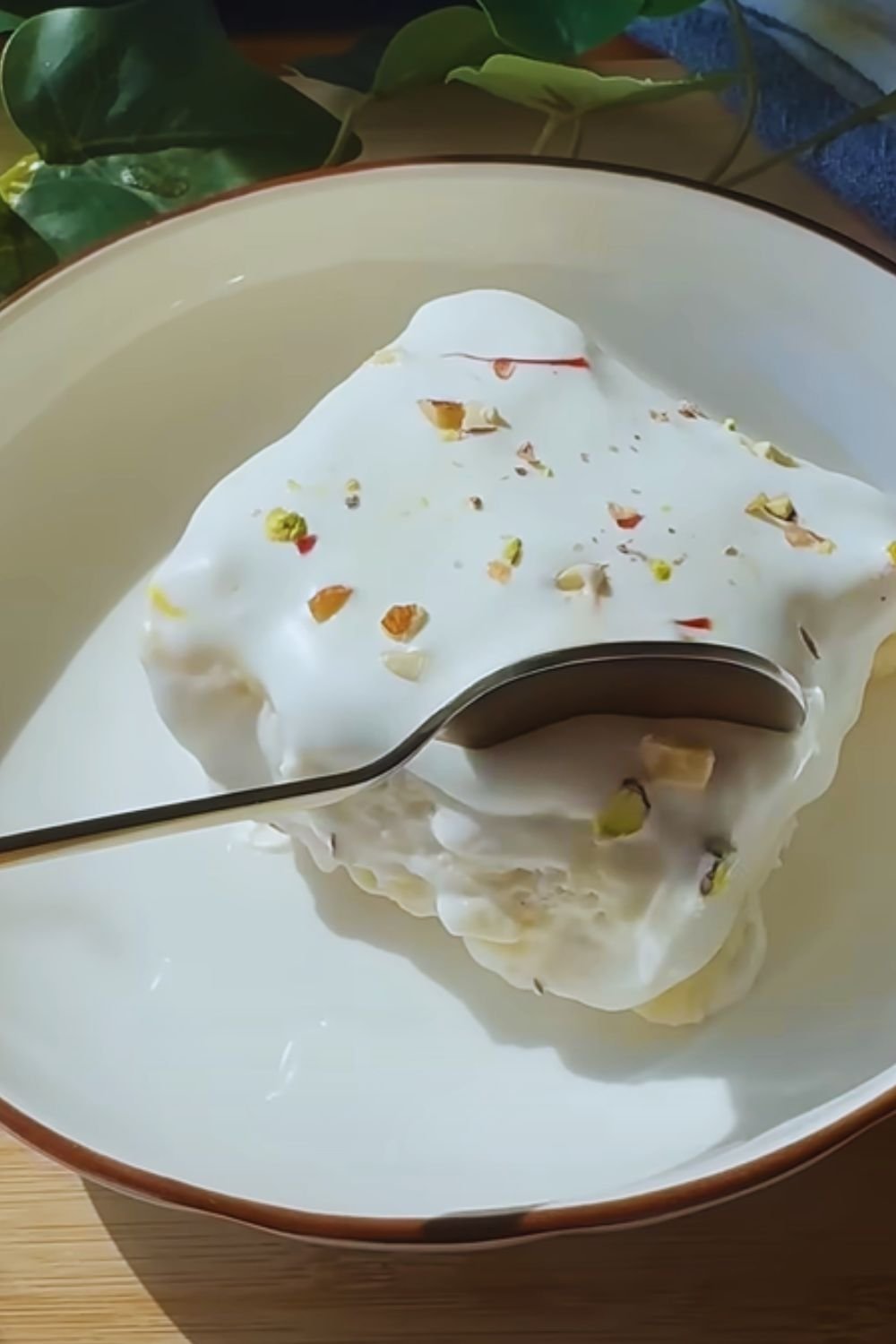There’s something magical about a perfectly risen soufflé. The way it proudly puffs above the rim of the ramekin, the delicate wobble as you place it on the table, and that moment of anticipation before the first spoonful breaks through the crust to reveal the airy, cloud-like interior. When I first attempted to make a raspberry soufflé, I was intimidated by its reputation for being temperamental and difficult to master. However, after numerous attempts (and yes, several deflated disasters), I’ve perfected a foolproof recipe that I’m excited to share with you today.
Raspberry soufflé combines the bright, tangy flavor of fresh raspberries with the elegant lightness of a classic French soufflé. It’s a showstopper dessert that will impress your guests while secretly being simpler to prepare than you might think. In this article, I’ll walk you through every step of creating this delightful dessert, sharing all the tips and tricks I’ve learned along the way to ensure your soufflé rises beautifully every time.
What Makes a Perfect Soufflé?
Before diving into our recipe, let’s understand what makes a soufflé work. The word “soufflé” comes from the French verb “souffler,” which means “to blow” or “to puff.” This perfectly describes the magical transformation that happens in the oven as the mixture expands and rises.
A soufflé consists of two main components:
- A flavorful base (in our case, a raspberry purée)
- Whipped egg whites that are gently folded into the base
The rising action comes from air bubbles trapped in the egg whites that expand when heated. The structure sets as proteins in the eggs coagulate, creating that distinctive light, airy texture.
Essential Equipment
Before starting, make sure you have these items on hand:
- 6 individual ramekins (4-6 oz each)
- Food processor or blender
- Fine mesh sieve
- Stand mixer or hand mixer
- Rubber spatula
- Pastry brush
- Baking sheet
Ingredients
For this raspberry soufflé recipe, I’ve carefully balanced the ingredients to achieve the perfect flavor and texture. Here’s what you’ll need:
For Preparing the Ramekins:
- 2 tablespoons unsalted butter, softened
- 4 tablespoons granulated sugar
For the Raspberry Base:
- 12 oz (340g) fresh raspberries (or frozen, thawed completely)
- ¾ cup (150g) granulated sugar, divided
- 1 tablespoon cornstarch
- 2 teaspoons fresh lemon juice
- ¼ teaspoon salt
- 5 large egg yolks, room temperature
For the Meringue:
- 8 large egg whites, room temperature
- ½ teaspoon cream of tartar
- 3 tablespoons granulated sugar
- ½ teaspoon vanilla extract
For Serving:
- Powdered sugar for dusting
- Fresh raspberries for garnish
- Crème anglaise or vanilla ice cream (optional)
Nutritional Information
For those watching their dietary intake, here’s the nutritional breakdown per serving:
| Nutrient | Amount per Serving |
|---|---|
| Calories | 295 |
| Total Fat | 9g |
| Saturated Fat | 4g |
| Cholesterol | 169mg |
| Sodium | 125mg |
| Total Carbohydrates | 49g |
| Dietary Fiber | 4g |
| Sugars | 43g |
| Protein | 8g |
| Vitamin C | 18mg |
| Calcium | 54mg |
| Iron | 1mg |
Preparation Time
| Task | Time |
|---|---|
| Prep Work | 30 minutes |
| Cooking Time | 12-14 minutes |
| Total Time | About 45 minutes |
| Difficulty | Intermediate |
| Servings | 6 individual soufflés |
Step-by-Step Instructions
Preparing the Ramekins
This crucial first step ensures your soufflés will rise evenly and can be easily removed from the ramekins:
- Preheat your oven to 375°F (190°C) with a rack positioned in the lower third of the oven.
- Using a pastry brush, coat the inside of each ramekin with softened butter in upward strokes. Be thorough, making sure to cover all the interior surfaces.
- Pour about 2 teaspoons of granulated sugar into each ramekin, then rotate and tap to coat the butter with sugar. Discard any excess sugar.
- Place the prepared ramekins in the refrigerator until needed. This helps the butter solidify and creates a surface that helps the soufflé climb.
Making the Raspberry Purée
The base of our soufflé provides the beautiful raspberry flavor and stunning color:
- Set aside about 1 cup of raspberries for the purée and a few for garnish.
- Place the remaining raspberries in a food processor or blender and purée until smooth.
- Press the purée through a fine-mesh sieve into a medium bowl to remove all seeds. You should have about ¾ cup of smooth purée.
- In a medium saucepan, whisk together ½ cup of the granulated sugar and cornstarch.
- Add the raspberry purée, lemon juice, and salt to the saucepan, whisking until smooth.
- Cook over medium heat, whisking constantly, until the mixture comes to a simmer and thickens, about 1-2 minutes.
- Remove from heat and let cool for 5 minutes.
- Whisk in the egg yolks one at a time until fully incorporated.
- Transfer the mixture to a large bowl and cover the surface directly with plastic wrap to prevent a skin from forming. Let cool to room temperature.
Preparing the Meringue
The meringue is where the magic happens—it’s what gives the soufflé its spectacular rise:
- In the clean, dry bowl of a stand mixer fitted with the whisk attachment, combine the egg whites and cream of tartar.
- Beat on medium speed until foamy, about 1 minute.
- Gradually increase the speed to medium-high and slowly add the 3 tablespoons of sugar, one tablespoon at a time.
- Continue beating until stiff, glossy peaks form, about 2-3 minutes. Be careful not to overbeat, as this can make your meringue grainy and difficult to fold.
- Add the vanilla extract and beat for a few more seconds to incorporate.

Folding and Assembling
This is the most delicate part of the process—proper folding is essential for maintaining the air in your meringue:
- Stir about one-fourth of the meringue into the raspberry base to lighten it.
- Using a large rubber spatula, gently fold in the remaining meringue in two or three additions. Use a cutting motion down the center and then sweep around the sides of the bowl, turning the bowl as you go.
- Continue folding just until no large streaks of white remain. It’s okay if the mixture is not perfectly homogeneous—overmixing will deflate your soufflé.
- Remove the ramekins from the refrigerator and fill each one to the top, then use a straight-edged spatula to level off the surface.
- Clean the rims of the ramekins with your thumb or a damp cloth to remove any batter that might impede the rise.
- Run your thumb around the inside edge of each ramekin, creating a shallow channel about ¼-inch deep. This helps the soufflé rise straight up instead of mushrooming over the sides.
Baking the Soufflés
Timing is crucial when baking soufflés:
- Place the filled ramekins on a baking sheet and transfer immediately to the preheated oven.
- Bake for 12-14 minutes, until the soufflés have risen about an inch above the rims and are golden on top.
- Do not open the oven door during the first 10 minutes of baking, as this can cause your soufflés to collapse.
- The soufflés are done when they’re risen and set but still slightly jiggly in the center.

Serving
Soufflés wait for no one—they begin to deflate as soon as they’re removed from the oven, so serving must be swift:
- Carefully but quickly transfer each ramekin to a small plate.
- Dust with powdered sugar, garnish with fresh raspberries, and serve immediately.
- If desired, serve with a small pitcher of crème anglaise or vanilla ice cream on the side.

Common Challenges and Solutions
Even experienced bakers can encounter issues with soufflés. Here are some common problems and how to solve them:
| Problem | Possible Cause | Solution |
|---|---|---|
| Soufflé doesn’t rise | Egg whites not beaten to stiff peaks | Make sure to beat egg whites until stiff and glossy |
| Overfolded batter | Fold gently and minimally, just until incorporated | |
| Oven not hot enough | Preheat oven thoroughly and use an oven thermometer | |
| Soufflé collapses immediately | Underbaked | Bake until set but still slightly jiggly in center |
| Oven door opened too soon | Avoid opening oven door during the first 10 minutes | |
| Soufflé rises unevenly | Uneven coating of butter and sugar | Be thorough when preparing ramekins |
| Ramekins have fingerprints or grease | Clean ramekins thoroughly before using | |
| Grainy texture | Overbeaten egg whites | Beat just until stiff peaks form |
| Sugar not fully dissolved | Add sugar gradually when beating egg whites |
Variations to Try
While a classic raspberry soufflé is delightful on its own, here are some variations I’ve experimented with that you might enjoy:
Mixed Berry Soufflé
Replace half the raspberries with a mixture of strawberries and blackberries for a more complex berry flavor.
Chocolate-Raspberry Soufflé
Add 2 ounces of melted dark chocolate to the raspberry base for a decadent chocolate-raspberry combination.
Lemon-Raspberry Soufflé
Increase the lemon juice to 1 tablespoon and add 1 teaspoon of lemon zest to the raspberry base for a tangier flavor profile.
Almond-Raspberry Soufflé
Add ¼ teaspoon of almond extract to the meringue and sprinkle toasted sliced almonds on top before serving.
Make-Ahead Options
While soufflés are best served immediately after baking, there are ways to prepare components ahead of time:
- The raspberry base can be made up to 2 days in advance and refrigerated. Bring to room temperature before proceeding.
- Ramekins can be prepared with butter and sugar up to 24 hours in advance and kept in the refrigerator.
- You can even fill the ramekins with the complete mixture and refrigerate for up to 2 hours before baking. This might slightly affect the rise, but will still produce good results.
Seasonal Adaptations
Raspberries are at their peak from late June through October, but this soufflé can be enjoyed year-round:
- Spring: Add a few tablespoons of rhubarb purée to the raspberry base for a spring twist.
- Summer: Use the freshest, ripest berries available and serve with a fresh mint garnish.
- Fall: Add a pinch of cinnamon and cardamom to the base for warm autumn notes.
- Winter: Use frozen raspberries (thawed completely) and serve with a white chocolate sauce for a festive touch.
Serving Suggestions
A raspberry soufflé is a show-stopping dessert that deserves an equally elegant presentation:
- Serve on small plates with a paper doily for a classic French touch.
- A quenelle of lightly sweetened whipped cream alongside adds a beautiful contrast.
- A drizzle of warm raspberry coulis on the plate adds color and intensifies the flavor.
- For a textural contrast, serve with thin, crisp almond tuiles.
Storing Leftovers
Let’s be honest—soufflés are best enjoyed fresh from the oven. They will inevitably deflate as they cool, and their texture dramatically changes. However, if you find yourself with leftovers:
- They can be refrigerated and enjoyed as a delicious, pudding-like dessert for up to 2 days.
- Reheat briefly in the microwave for about 15-20 seconds to take the chill off, but don’t expect them to rise again.
Why This Recipe Works
After many trials and adaptations, I’ve discovered several key factors that make this recipe foolproof:
- The ratio of egg whites to base: 8 egg whites provide enough structure and lift for a dramatic rise.
- Cream of tartar: This stabilizes the egg whites, helping them maintain their volume.
- Proper temperature: Room temperature egg whites whip to a greater volume than cold ones.
- The channel around the edge: This simple technique guides the soufflé upward as it rises.
- Cornstarch in the base: This helps stabilize the mixture and prevent it from being too runny.
Q&A Section
Q: Can I use frozen raspberries instead of fresh? Yes, frozen raspberries work perfectly fine! Just make sure to thaw them completely and drain any excess liquid before pureeing. You might need to cook the purée a bit longer to reduce the extra moisture.
Q: Why did my soufflé collapse immediately after I took it out of the oven? Some deflation is normal and expected with soufflés—it’s part of their charm! However, if yours collapses dramatically, it might be slightly underbaked. Next time, try adding an extra minute to your baking time. Also, make sure your egg whites are beaten to stiff peaks but not overbeaten.
Q: Can I prepare these in advance for a dinner party? You can prepare the components ahead of time: make the raspberry base and prepare the ramekins earlier in the day. You can even assemble the soufflés and refrigerate them for up to 2 hours before baking. Just add 1-2 minutes to your baking time if baking from cold.
Q: I don’t have ramekins. Can I make this in a different dish? While individual ramekins give the classic soufflé presentation, you can use a larger souffle dish (6-8 cup capacity). You’ll need to increase the baking time to about 25-30 minutes, and the center should still have a slight jiggle when done.
Q: My egg whites won’t whip to stiff peaks. What am I doing wrong? Make sure your bowl and whisk are completely clean and free from any grease or fat. Even a tiny bit of egg yolk can prevent egg whites from whipping properly. Additionally, using room temperature egg whites will help them whip more easily.
Q: Can I make this recipe dairy-free? You can substitute the butter used for greasing the ramekins with a plant-based butter or coconut oil. The recipe itself doesn’t contain dairy in the base or meringue, so it’s otherwise dairy-free.
Q: How do I know when the soufflé is perfectly baked? A perfectly baked soufflé will rise 1-2 inches above the rim of the ramekin, have a golden top, and be set around the edges but still have a slight jiggle in the center when gently shaken. It should feel light and spongy when touched with a finger, not wet.
Q: Why do you add the sugar gradually to the egg whites? Adding sugar gradually allows it to dissolve properly into the egg whites, resulting in a stable, glossy meringue. If you add all the sugar at once, you risk having a grainy texture and less volume.
Final Thoughts
Mastering the raspberry soufflé has been one of my most rewarding culinary achievements. There’s something truly special about serving a perfectly risen soufflé to friends and family and watching their faces light up with appreciation. The bright, tangy flavor of raspberries makes this version particularly delightful and versatile year-round.
Remember, soufflés are as much about technique as they are about ingredients. Be gentle when folding, precise in your preparation, and swift in serving, and you’ll be rewarded with a dessert that’s truly magical. Don’t be discouraged if your first attempt isn’t perfect—each soufflé teaches you something new, and before long, you’ll be making them with confidence and flair.
I hope this recipe brings as much joy to your table as it has to mine. Happy baking!


